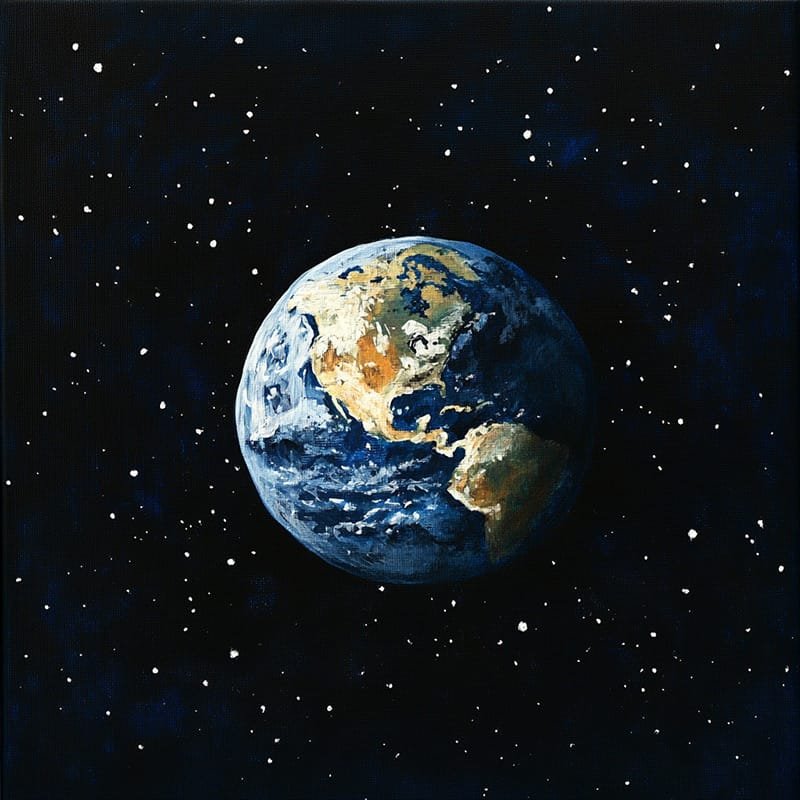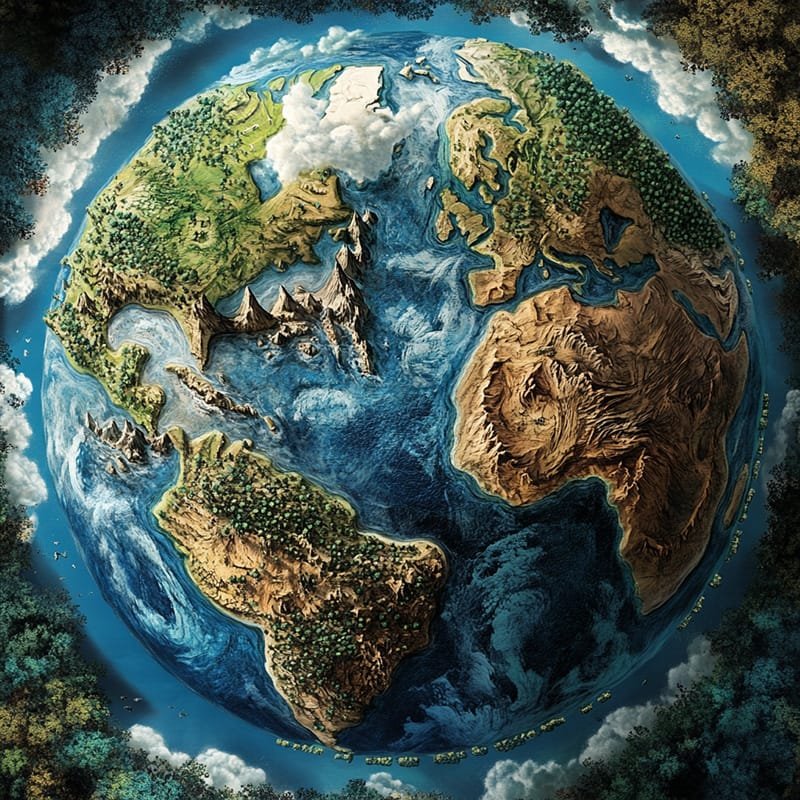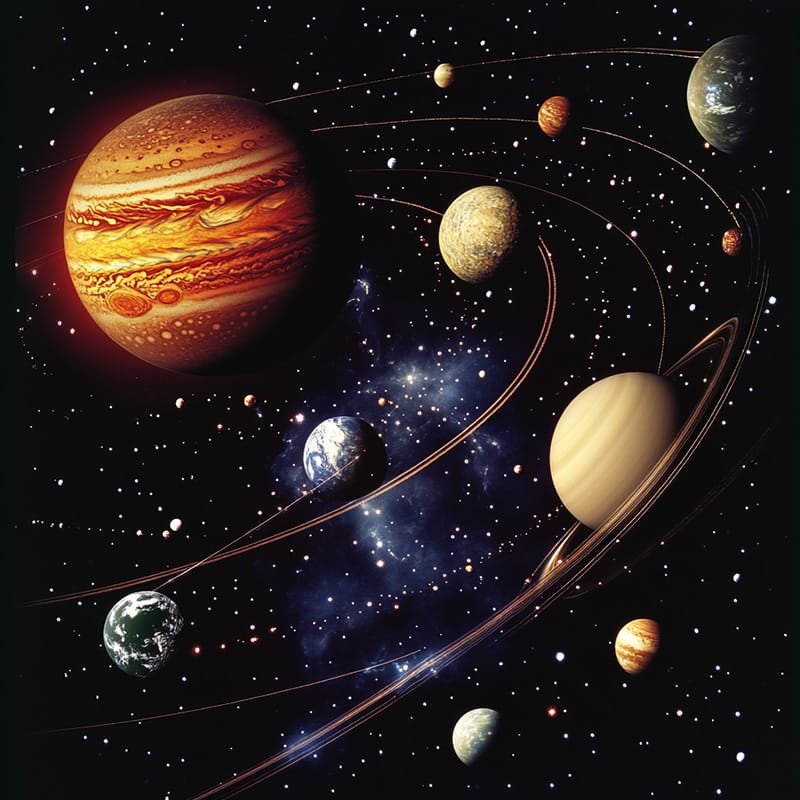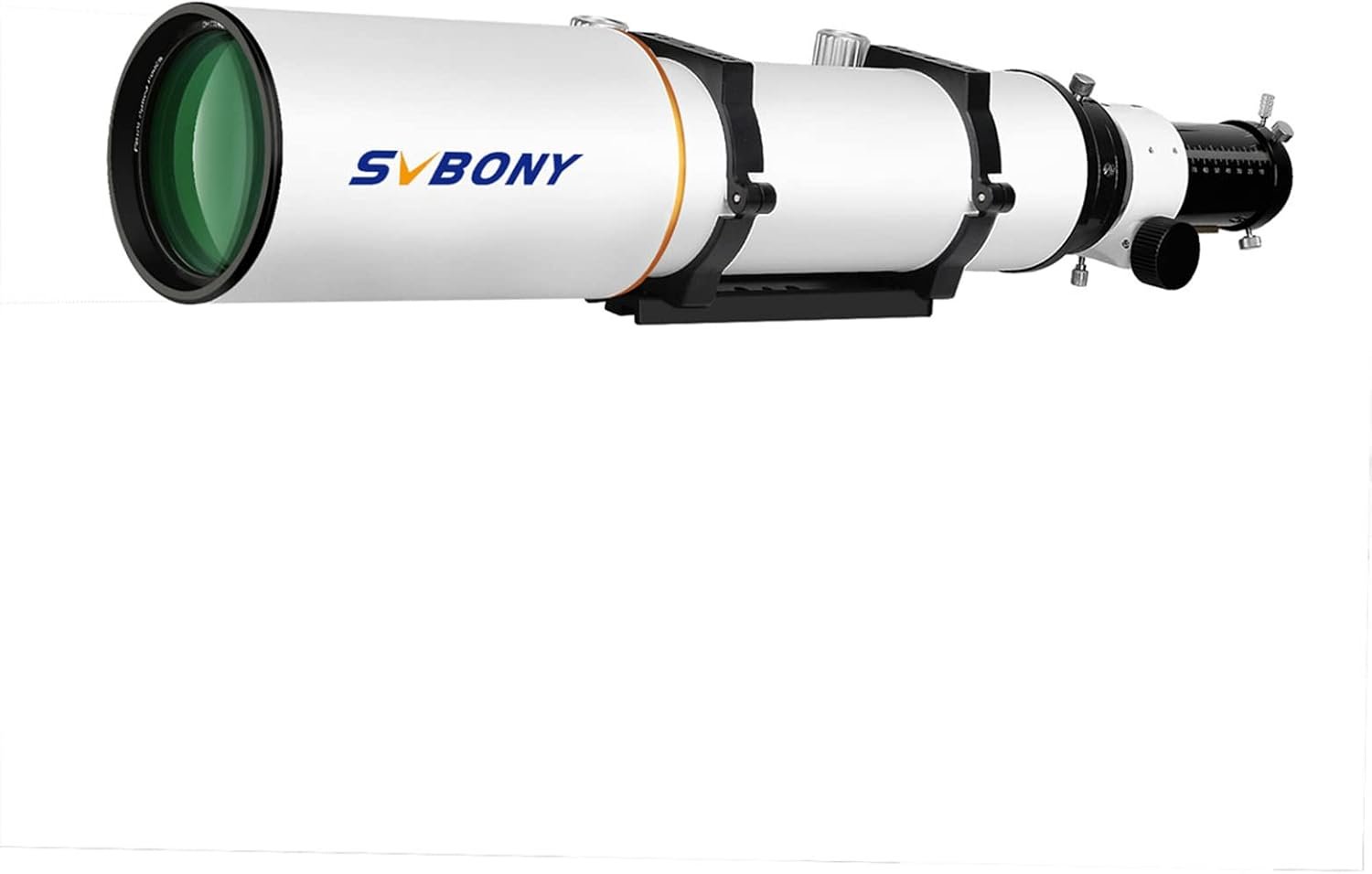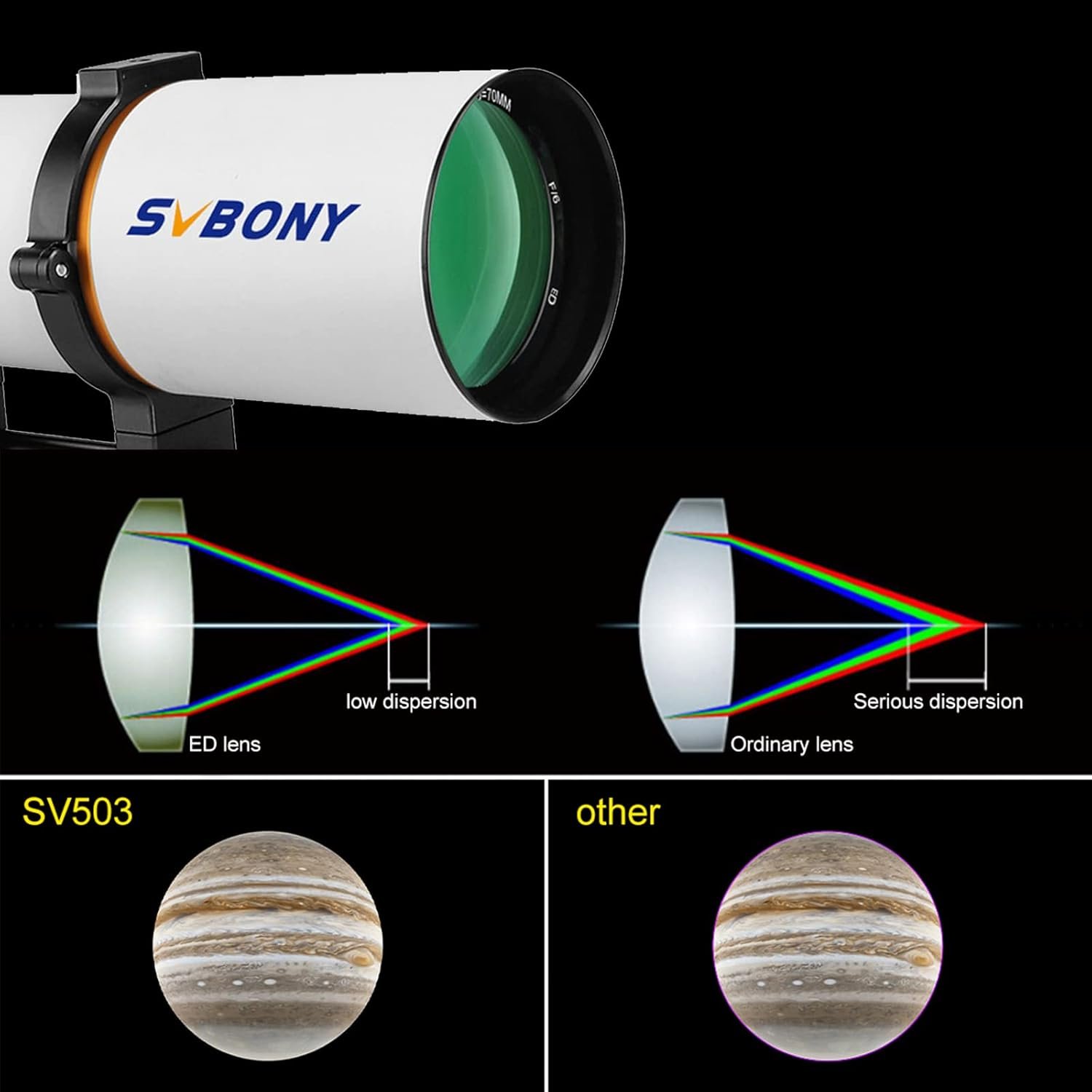Earth is about 4.5 billion years old, determined through zircon crystals and radiometric dating, supported by moon rocks and meteorites.
Understanding the age of the Earth is crucial for grasping the history of our planet and its development. Scientists have used various techniques to determine that the Earth is approximately 4.5 billion years old. Through meticulous study and scientific advancements, we have pieced together evidence to support this age. A cornerstone of this research involves the use of zircon crystals and their unique properties in radiometric dating. In this blog post, we explore how scientists have determined the Earth’s age and the role of zircon in this process.
The Quest to Date the Earth
The question, “How do we know the Earth is 4.5 billion years old?” has fascinated scientists for centuries. Early estimates of Earth’s age were based on religious texts or philosophical reasoning and varied widely. However, with the development of modern geology and radiometric dating techniques, scientists have been able to make more accurate estimates.
Early Attempts at Dating the Earth
In the 18th and 19th centuries, scientists began to question the literal interpretations of religious texts. They sought to determine Earth’s age by examining rock layers and fossils. These early geologists, like James Hutton and Charles Lyell, laid the groundwork for understanding Earth’s history as a lengthy process involving gradual changes.However, it wasn’t until the advent of radiometric dating in the 20th century that scientists could accurately measure the age of rocks. This method allowed them to determine the age of Earth with unprecedented precision.
The Role of Radiometric Dating
Radiometric dating is a method used to date materials based on the known decay rates of radioactive isotopes. It is a reliable technique that has helped scientists determine the age of rocks and other materials, leading to a better understanding of Earth’s timeline.
How Radiometric Dating Works
Radiometric dating relies on the principle of radioactive decay, where unstable isotopes of elements break down into stable ones over time. By measuring the ratio of parent isotopes to daughter isotopes, scientists can calculate the time that has passed since the rock or mineral formed.For example, uranium-lead dating is one of the most common methods used to date zircon crystals. Uranium isotopes decay into lead over time, and by measuring the ratio of uranium to lead, scientists can determine the age of the crystal.
Why Zircon is Important
Zircon is a mineral that forms in igneous rocks and is highly resistant to chemical changes. This makes it an excellent candidate for radiometric dating. When zircon forms, it incorporates uranium into its structure but excludes lead. This means any lead found in the zircon crystal is a product of uranium decay, allowing for precise age calculations.
The Science Behind Zircon Dating
Zircon crystals are integral to answering the question, “How do we know the Earth is 4.5 billion years old?” Their unique properties make them ideal for radiometric dating, providing a window into Earth’s distant past.
Formation of Zircon Crystals
Zircon crystals form in magma and incorporate uranium atoms into their crystal lattice. When the magma cools and solidifies, the zircon crystals are trapped within the rock. Over time, the uranium within the crystals decays into lead at a known rate, allowing scientists to calculate the age of the zircon.
Calculating the Age of Zircon
To determine the age of zircon crystals, scientists measure the ratio of uranium to lead using a mass spectrometer. By understanding the decay rates of uranium isotopes (U-238 and U-235), scientists can calculate how long it has taken for the uranium to decay into lead. This process provides an accurate estimate of the crystal’s age.
The Oldest Zircon Crystals
The oldest zircon crystals found on Earth are about 4.4 billion years old, discovered in the Jack Hills region of Western Australia. These ancient crystals provide crucial evidence for Earth’s age, as they formed shortly after the planet itself.

Determining Earth’s Age
By studying zircon crystals and using radiometric dating, scientists have been able to estimate the age of Earth. The consensus is that our planet is approximately 4.5 billion years old, a conclusion supported by multiple lines of evidence.
The Importance of the Moon
In addition to zircon crystals, scientists have studied moon rocks brought back by the Apollo missions to further confirm Earth’s age. These rocks, which are believed to have formed around the same time as the Earth, are also approximately 4.5 billion years old, reinforcing our understanding of the timeline.
Meteorites as Clues
Scientists have also studied meteorites to help determine Earth’s age. Meteorites are remnants from the early solar system and provide a snapshot of the materials present when Earth formed. Radiometric dating of these meteorites has yielded ages of around 4.5 billion years, consistent with the age of zircon crystals and moon rocks.
Supporting Evidence and Scientific Consensus
The age of Earth is supported by a wide range of scientific evidence, beyond just zircon dating. This convergence of data from different sources strengthens the conclusion that Earth is about 4.5 billion years old.
Geological Evidence
The study of Earth’s rock layers and the fossil record provides additional evidence for its age. The geological time scale, which divides Earth’s history into various periods based on rock and fossil evidence, aligns with the radiometric dating of rocks and minerals.
Radiometric Dating Methods
While zircon dating is a key method, other radiometric dating techniques also support Earth’s age. These include potassium-argon dating, rubidium-strontium dating, and carbon-14 dating (for more recent materials). Each method provides a different perspective on Earth’s history, contributing to the overall understanding of its age.
Understanding Earth’s Ancient Origins
The question, “How do we know the Earth is 4.5 billion years old?” is answered through the integration of various scientific methods and evidence. Zircon crystals, with their unique properties, play a crucial role in this determination. By studying the decay of uranium into lead within these crystals, scientists have unlocked secrets of Earth’s past.
Key Takeaways
- Radiometric dating is a reliable method for determining the age of rocks and minerals.
- Zircon crystals are essential for accurately dating Earth’s oldest rocks.
- The age of Earth is corroborated by multiple lines of evidence, including moon rocks and meteorites.
- Scientific consensus places Earth’s age at approximately 4.5 billion years.
Understanding Earth’s age not only satisfies our curiosity about the planet’s history but also informs our knowledge of the processes that shaped the world we live in today. This knowledge continues to evolve as new discoveries and technologies enhance our ability to explore Earth’s ancient past.

